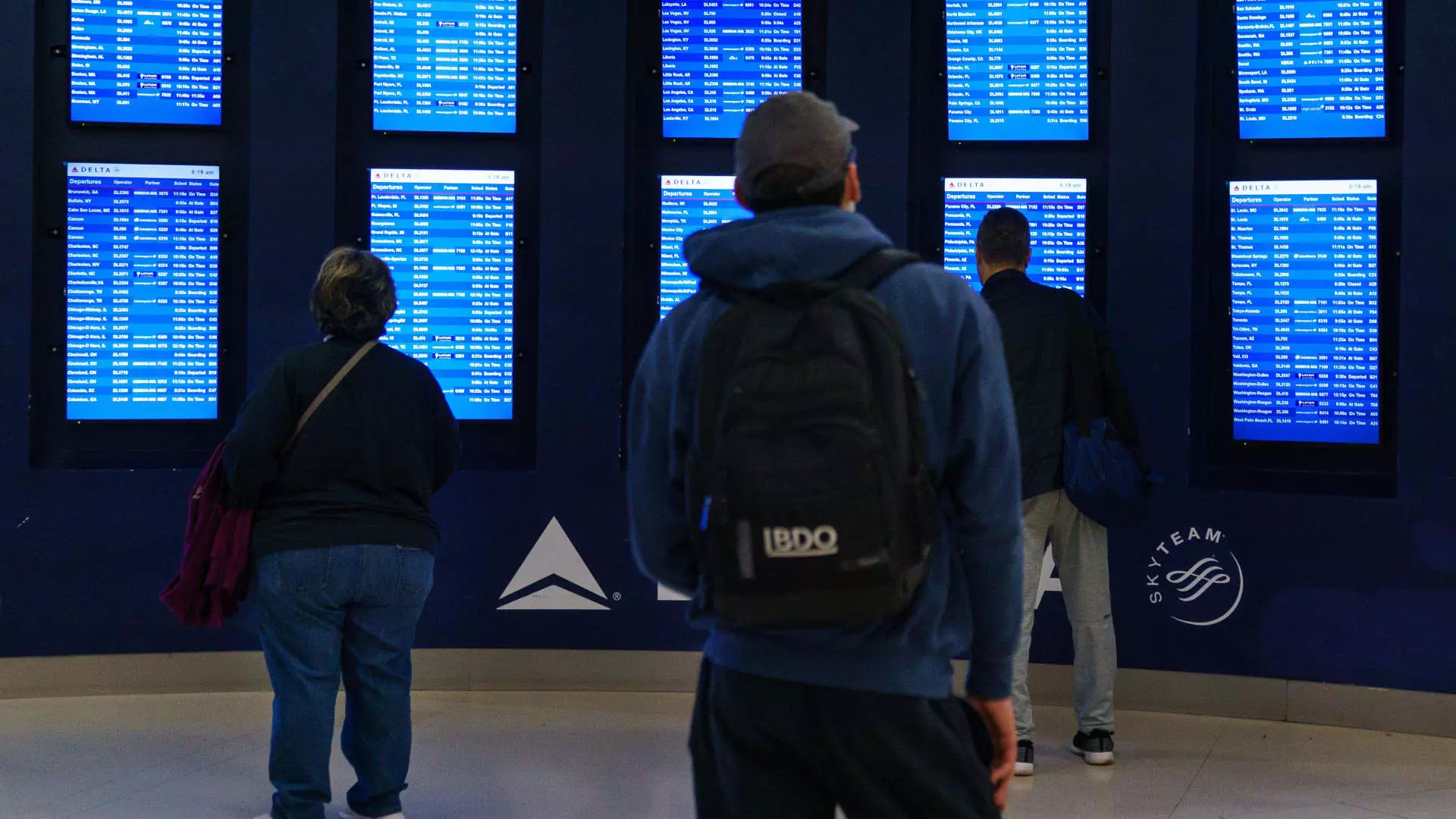The year 2024 witnessed an unprecedented revival in the demand for air travel, as both leisure and business travelers flocked to international destinations. According to data from the International Air Transport Association (IATA), the revenue-passenger miles—a key indicator of travel demand—rose by nearly 11% compared to the previous year, reflecting a strong recovery from the pandemic’s setbacks. This surge is largely attributed to a widespread increase in appetite for international trips, as travelers regained confidence in air travel and sought new experiences abroad.
Looking ahead, the IATA forecasts a significant uptick in flight operations, predicting approximately 40 million aircraft departures in 2025, which represents a 4.6% increase from the previous year. This optimistic outlook has compelled airlines to adapt swiftly; many have ramped up flight schedules and enhanced premium seating options—especially on long-haul flights—to capture higher revenues. This focus on premium offerings highlights the industry’s strategic shift to prioritize passenger experience while maximizing profitability.
Despite the positive demand outlook, the aviation sector continues to grapple with persistent operational challenges. The lingering effects of supply chain shortages and the financial repercussions experienced by some airlines pose significant hurdles. Recent shortages in aircraft production have led to complications in the expansion and modernization of fleets, impacting flight availability. However, it’s noteworthy that the levels of passenger disruption have decreased, particularly when compared to the acute staff shortages and operational chaos that marked the pandemic’s acute phase.
A crucial element of air travel experience is reliability, as indicated by an airline’s punctuality. Cirium recently released its punctuality rankings, which reveal a varied landscape of on-time performances across global airlines. Delta Air Lines emerged as a notable leader in North America despite facing operational setbacks due to a technical outage in July, which resulted in significant flight cancellations. The on-time performance metrics showed Delta with an impressive 83.46%, followed by other airlines like Aeromexico and Saudia Airlines, which scored above 86%.
Interestingly, the ranking also included lower-performing airlines such as Spirit Airlines and Frontier Airlines, which recorded scores below 77%. This disparity underscores the competitive nature of the industry, where passengers increasingly value punctuality as a deciding factor for air travel.
While 2024 marks a significant comeback for the aviation industry, the path to recovery does not come without its challenges. Airlines must balance the urgency to increase capacity against operational pitfalls and reliability issues that can still plague the sector. As travel demand continues to expand, the focus on enhancing customer experience through service quality and punctuality will be key to maintaining momentum. The coming years will undoubtedly see significant developments in how airlines navigate these complexities while catering to the evolving needs of global travelers.


Leave a Reply